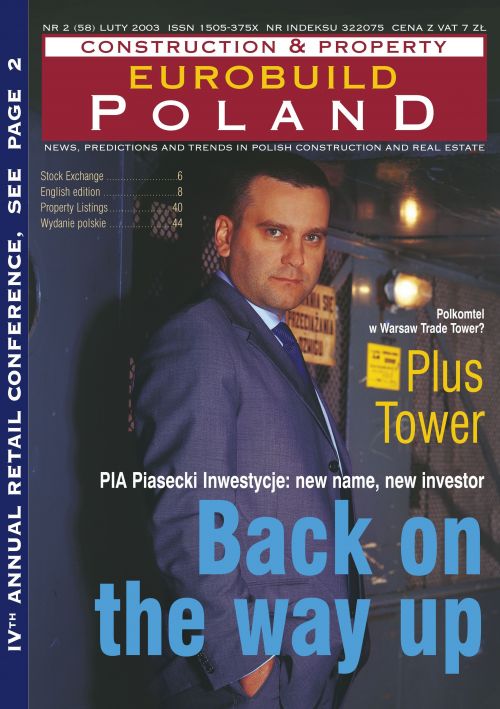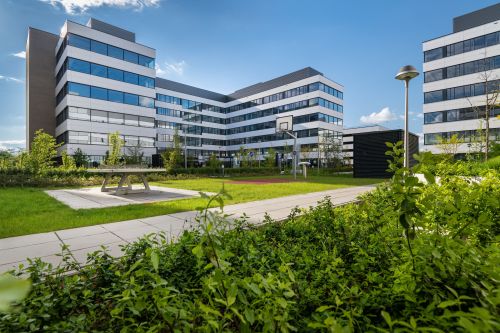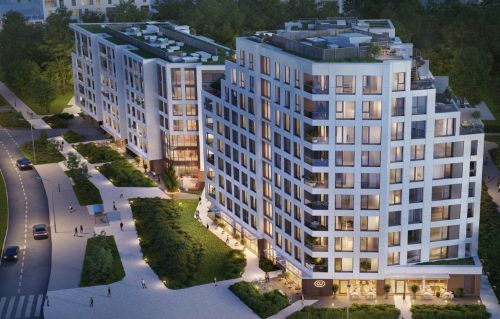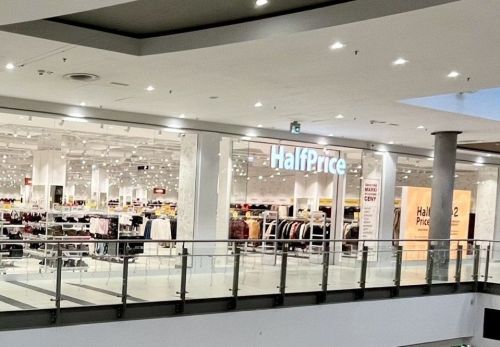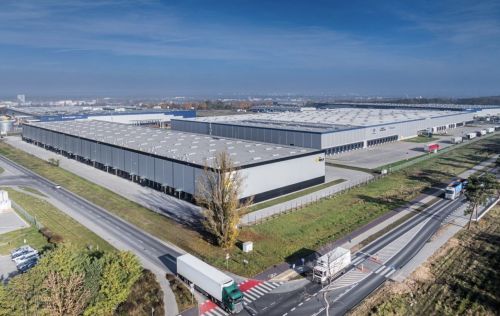An interview with Bruno Figueras, President of CONSTRUMAT
To what would you attribute the spectacular growth of CONSTRUMAT since its
inception in 1979?
More than any other factor, I would hazard a guess that its growth - which has
been constant since the very first event in 1979 - is fundamentally due to the
worth of the sector itself, because we should not forget that construction is a
real driving force behind the country's economic activity and that every direct
job gives rise to almost one-and-a-half indirect ones. Another reason is
CONSTRUMAT's determination to become an instrument that offers solutions to the
needs and objectives of exhibitors and trade visitors. Throughout the last
twenty-four years, during all the significant changes that have taken place in
the country's economic and social realities, the parameters with which the
Exhibition was conceived are still valid, as demonstrated by the heights it have
scaled and its leading role within the sector at both























